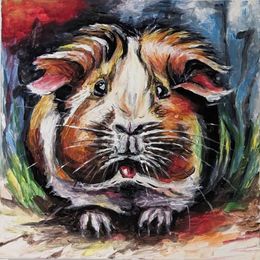
Wild animals
Wild animals, because of their impertinent beauty, have fascinated humans since the beginning of times. This is not surprising given how closely our evolution is linked to that of other species. If domestic animals have been represented many times in art, wild animals also inhabit artworks. Symbols of power and brutality, or fantasized images of distant lands, the subjects of the animal realm are an endless source of inspiration for artists.
In rock art already, humans painted the fauna that surrounded them. However, it was in Antiquity, from Egypt to Greece, that wild animals began to be represented for a specific purpose. Indeed, the animal figure, sacralised and feared, systematically referred to religions and myths. The Egyptian pantheon and its representations were populated by men with animal heads, and many Greek vases were decorated with the effigy of the Hydra or the Minotaur.
With the advent of Christianity, followed by humanism, animals began to be portrayed as submissive and dominated by man. This symbolism was essential for religious messages. The Middle Ages were particularly fascinated by the figure of the unicorn, a poetic and mythical animal. Gradually, however, the representation became more naturalistic, as Renaissance artists attempted to represent nature as realistically as possible, particularly in drawings and engravings. Wild animals were also omnipresent in hunting and war scenes. Some even played with the limit between realism and imagination,for instance Bosh in his 'Garden of Delights'.
One of the most recurring figure of wildlife in art is undoubtedly the lion. In Baroque art in particular, obsessed with exotic animals, the theme of the savannah came up regularly. European colonial enterprises, and the stories of those who returned from the four corners of the world made artists' imaginations bubble. A master in this field, Rubens painted exotic and grandiose hunting scenes, featuring tigers, hippos or crocodiles...
This Orientalist trend made a comeback in the 19th century, with Delacroix distinguished himself in the representation of wild animals, especially tigers. Later on, symbolists such as Gauguin found in the painting of wild animals a way to express their own vision of reality by creating colourful and fantasized worlds. This paved the way for naive art, the most illustrious representative of which was Henri Rousseau, who used an illustrated book on wild animals found at the Galeries Lafayette to populate his paintings with exotic animals that invited escape.
Contemporary art also draws inspiration from the bestiary very regularly. One can think of National Geographic's famous photographs, now on display in museums all around the world. From a more experimental perspective, there is the example of Chinese artist Chang Lei, who had fun representing a wide variety of wildlife in her piece 'Animal Farm'. Jeff Koons, most famous for his Balloon Dogs, also made the monkey his trademark. However, at a time when the issue of animal ethics is increasingly present, our relationship with animals is at the heart of moral concerns. Contemporary art is often criticised for its use of dead animals or for suspected abuse. Damien Hirst, in particular, created controversy by exhibiting sculptures presenting dead animals floating in blue formol.
But none of that on Artsper, where wildlife is celebrated, as you will be able to see in our selection!
Save your search and find it in your favorites
Save your search to find it quickly
Saved search
Your search is accessible from the favorites tab > My favorite searches
Unsaved search
A problem occurred

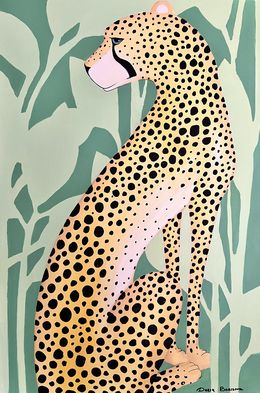
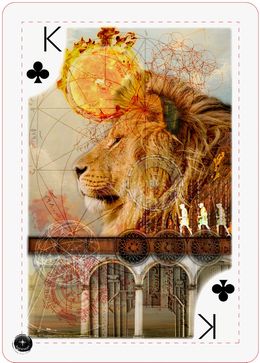
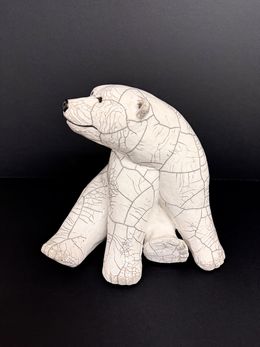

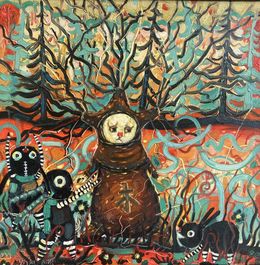
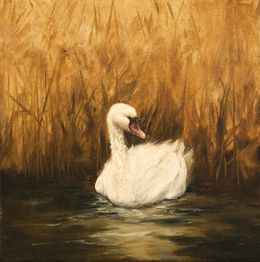

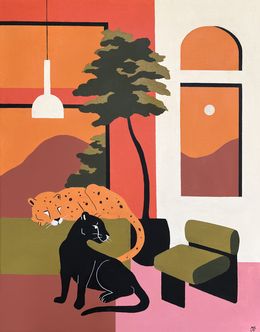


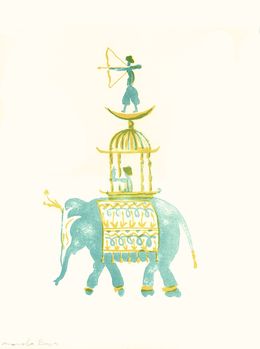
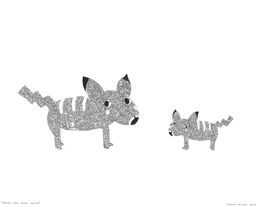

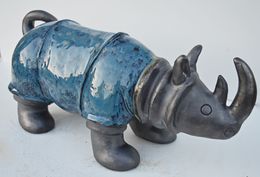
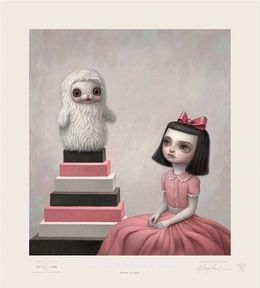
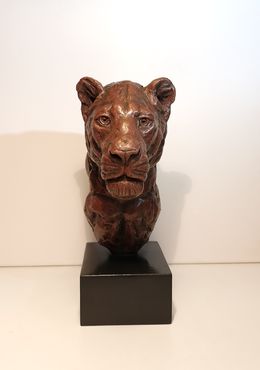
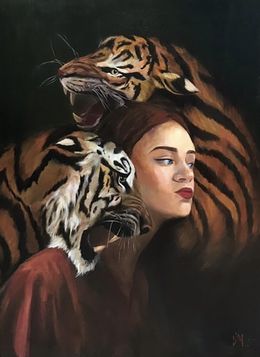
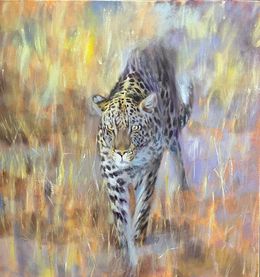


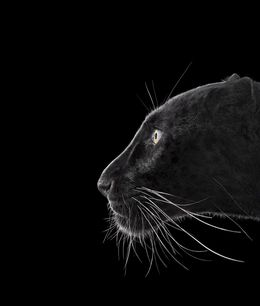
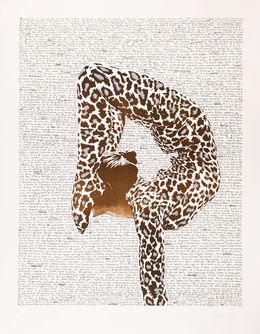
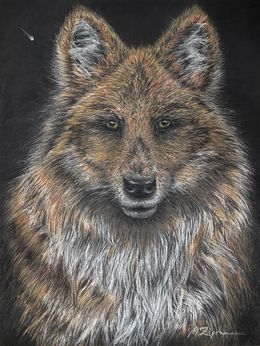
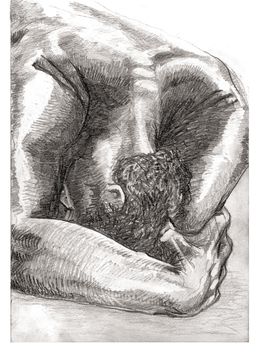

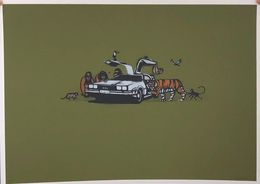

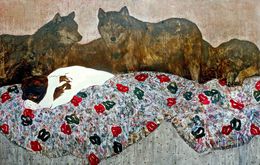
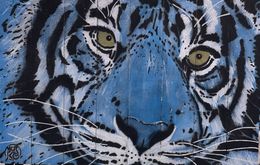

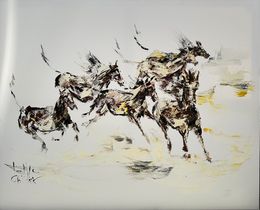
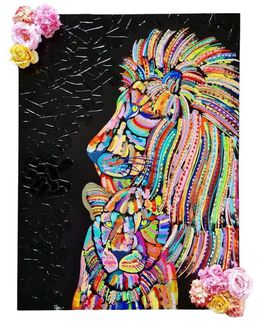
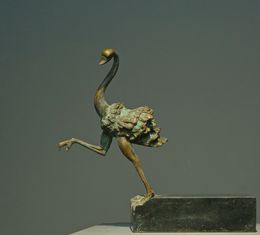

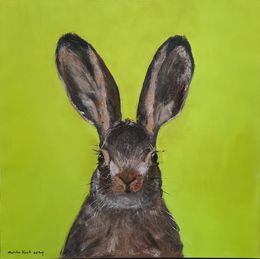
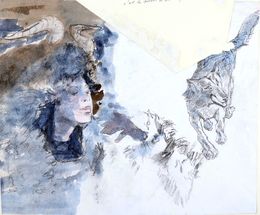
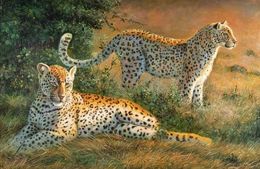
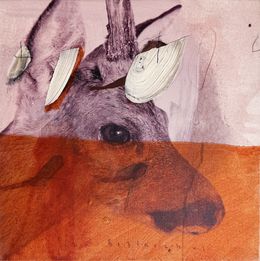
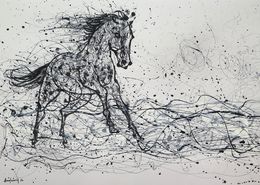
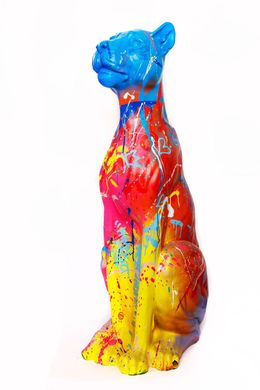
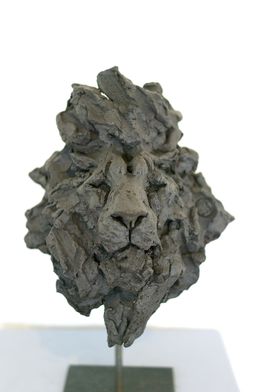
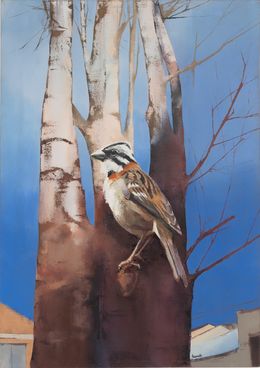
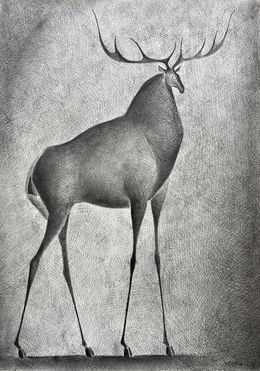


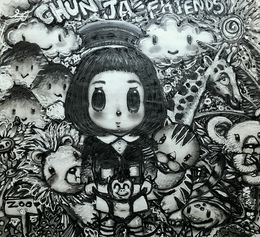
Shin Seung-Hun
Fine Art Drawings - 72 x 77.5 x 0.1 cm Fine Art Drawings - 28.3 x 30.5 x 0 inch
$1,224
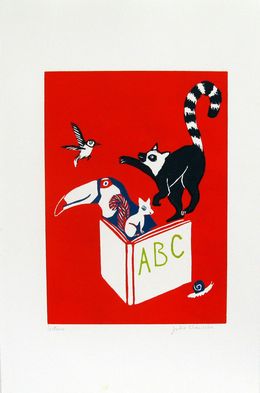



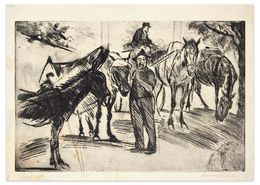
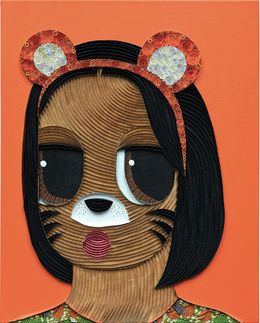

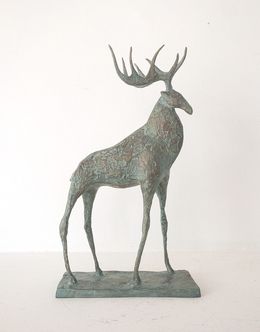

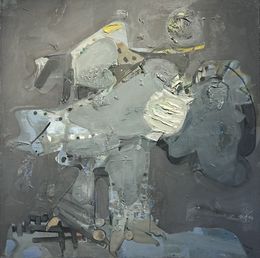
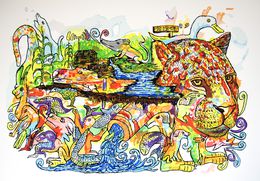
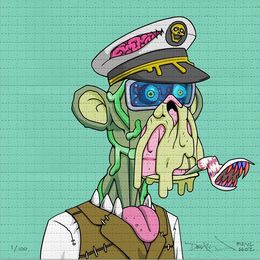
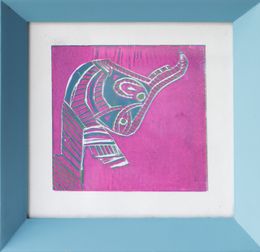
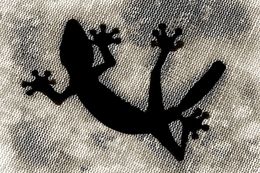
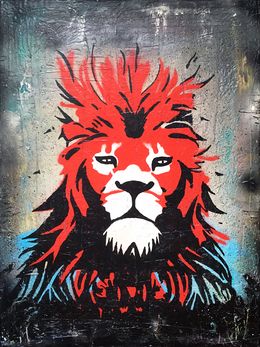
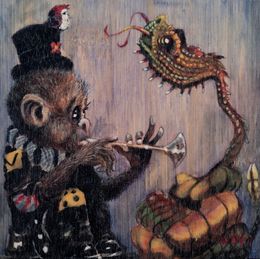

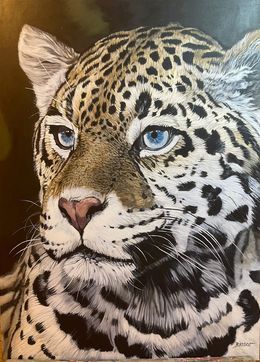
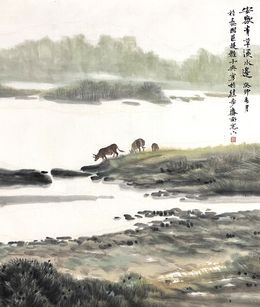

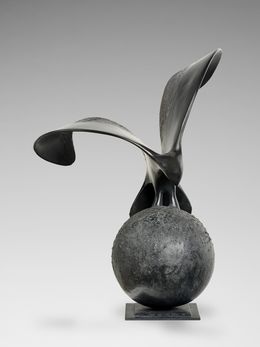

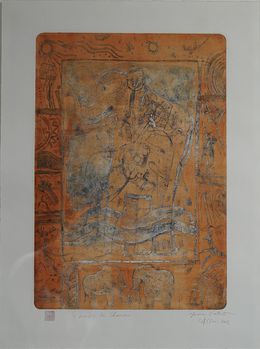

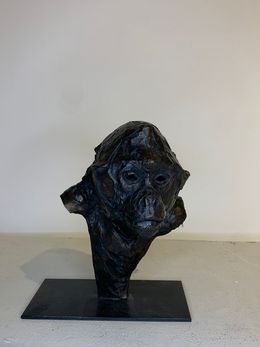
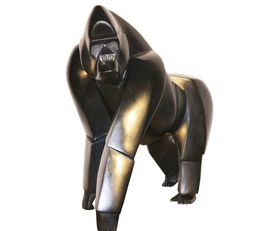
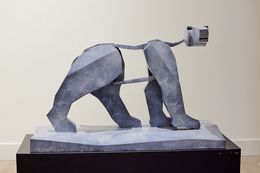
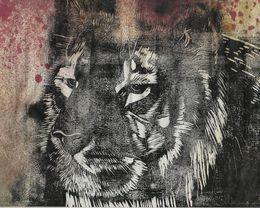



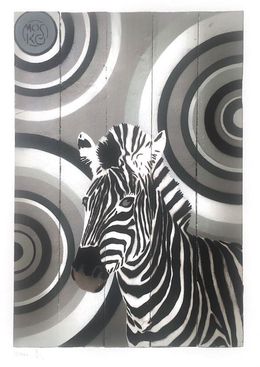

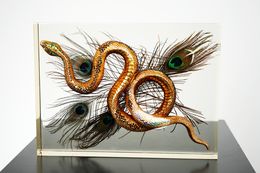
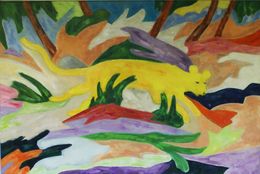
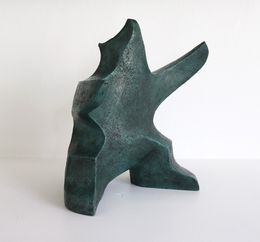


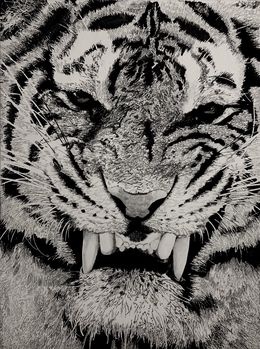
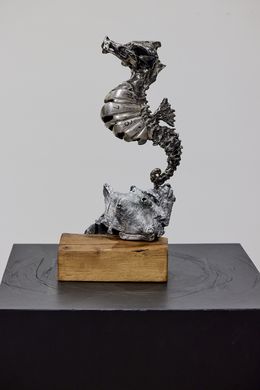
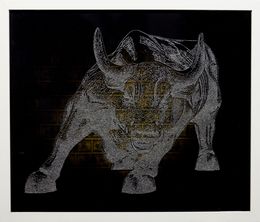




Germain Van der Steen
Fine Art Drawings - 21 x 16 x 0.1 cm Fine Art Drawings - 8.3 x 6.3 x 0 inch
$1,040
